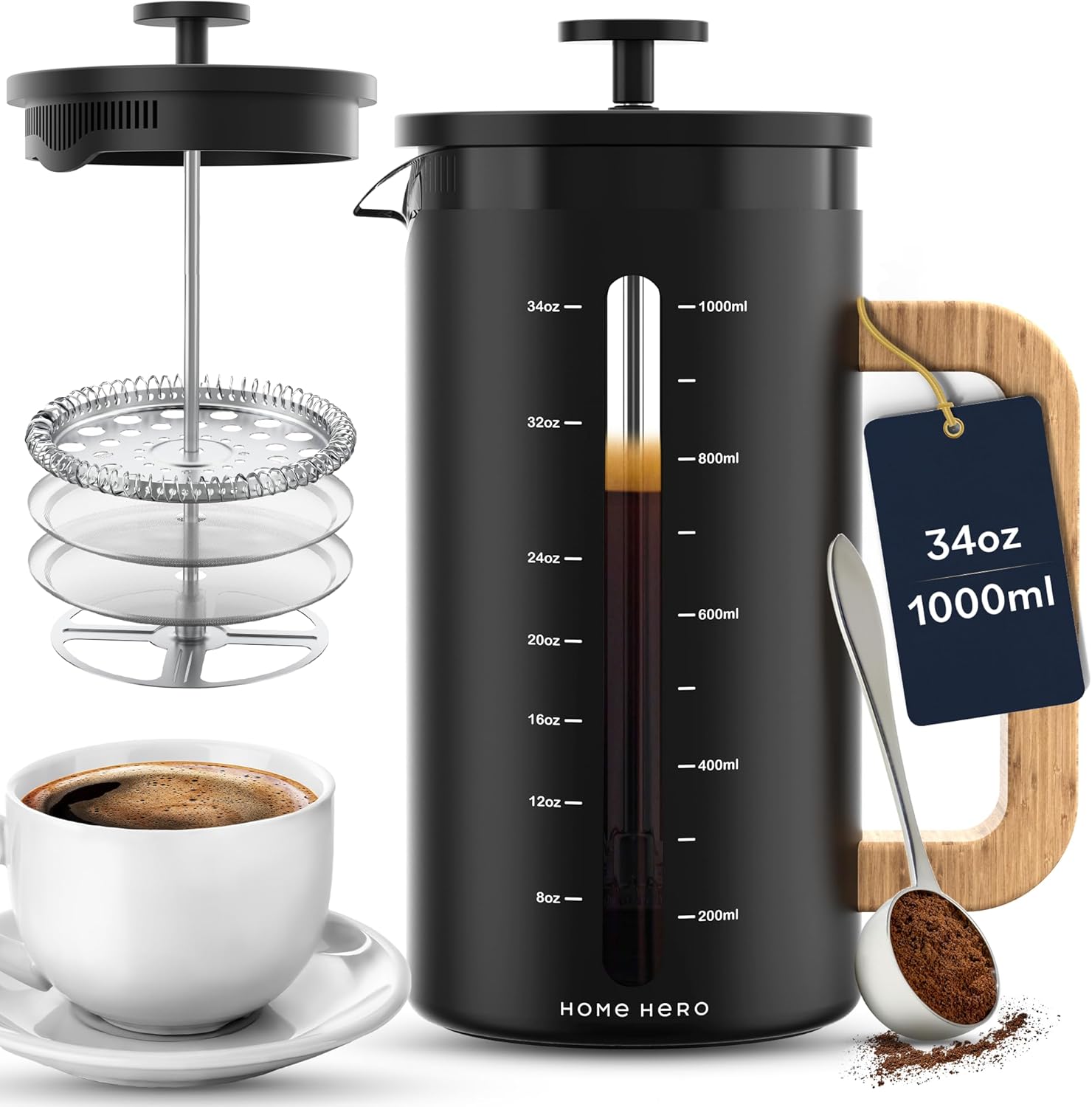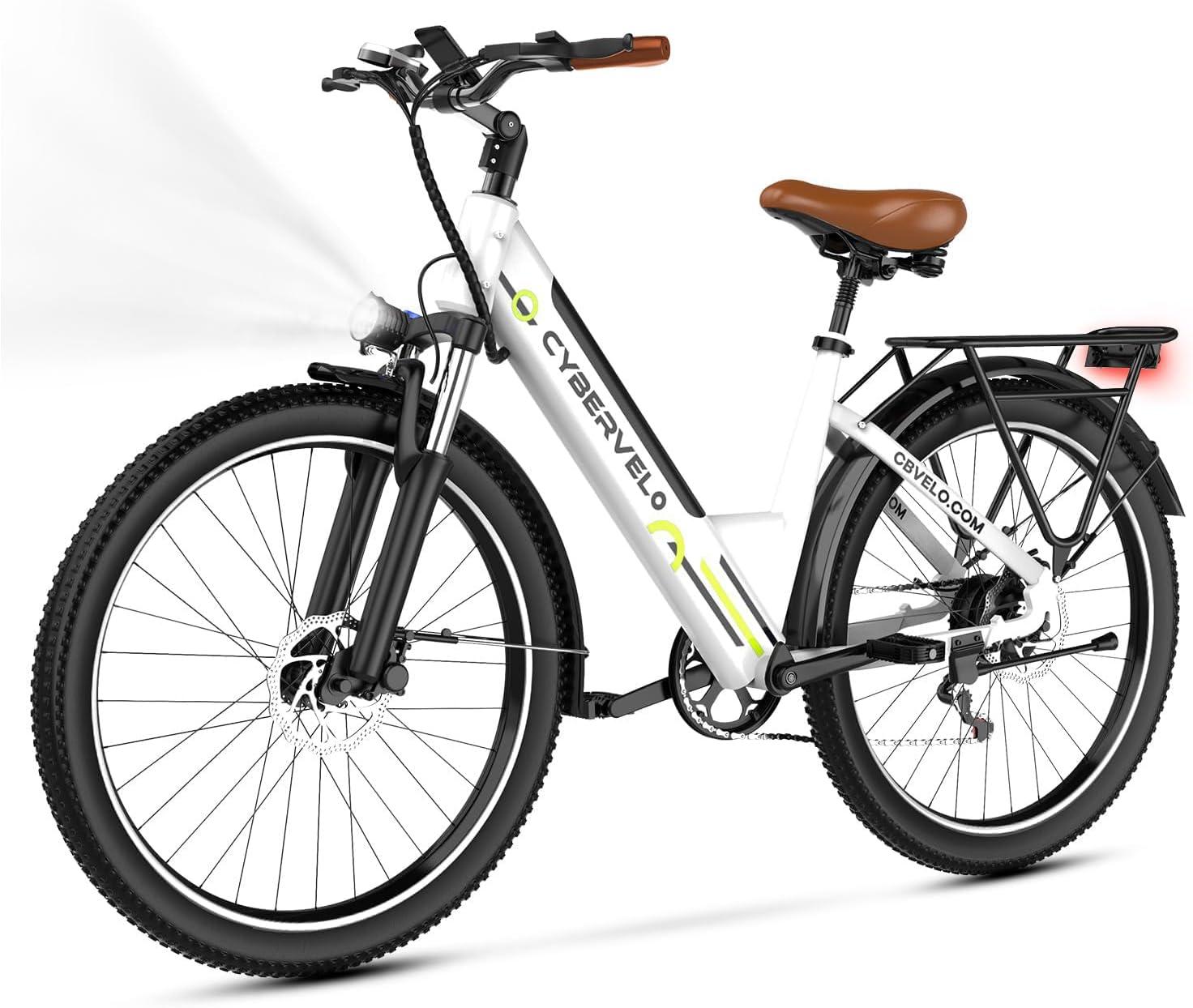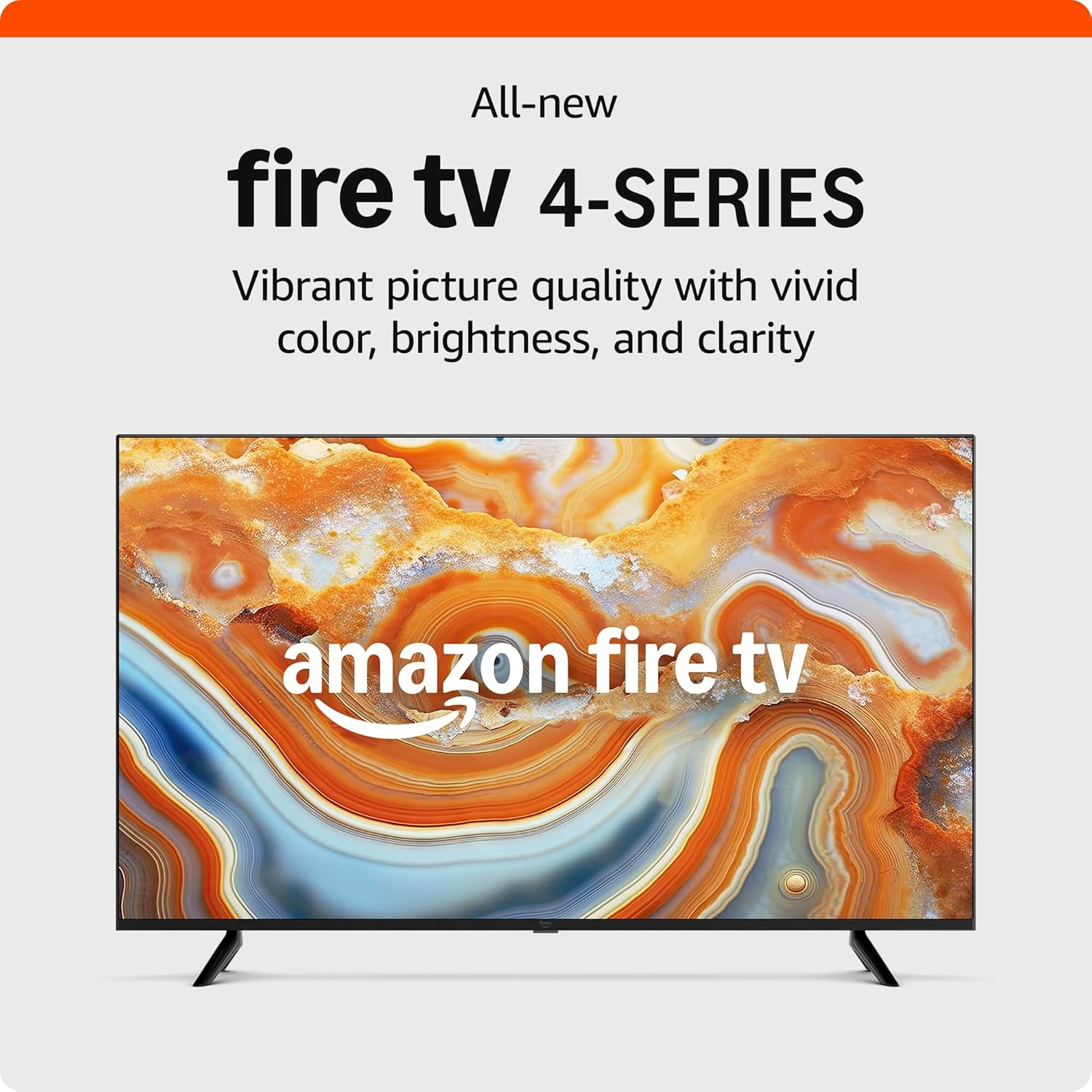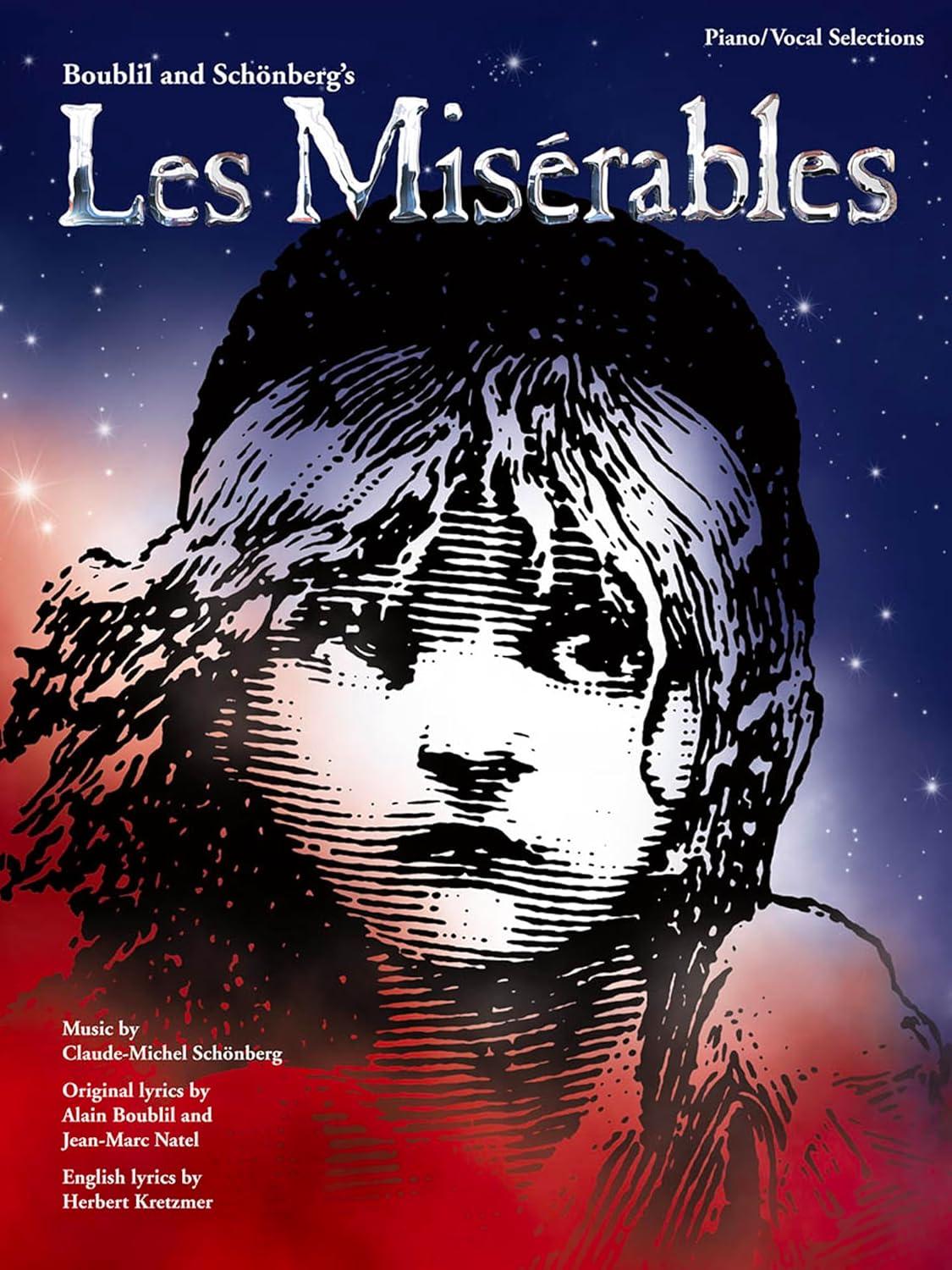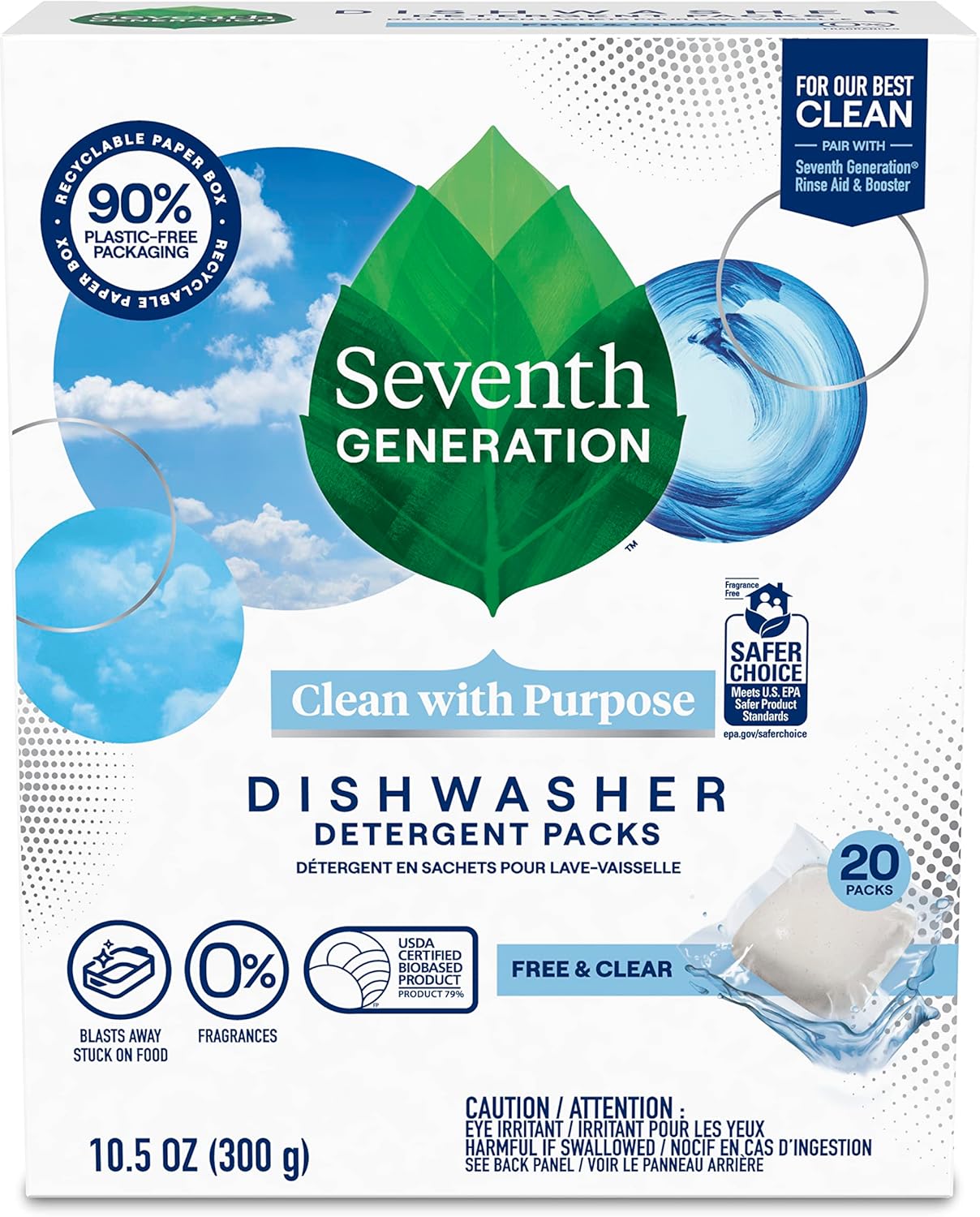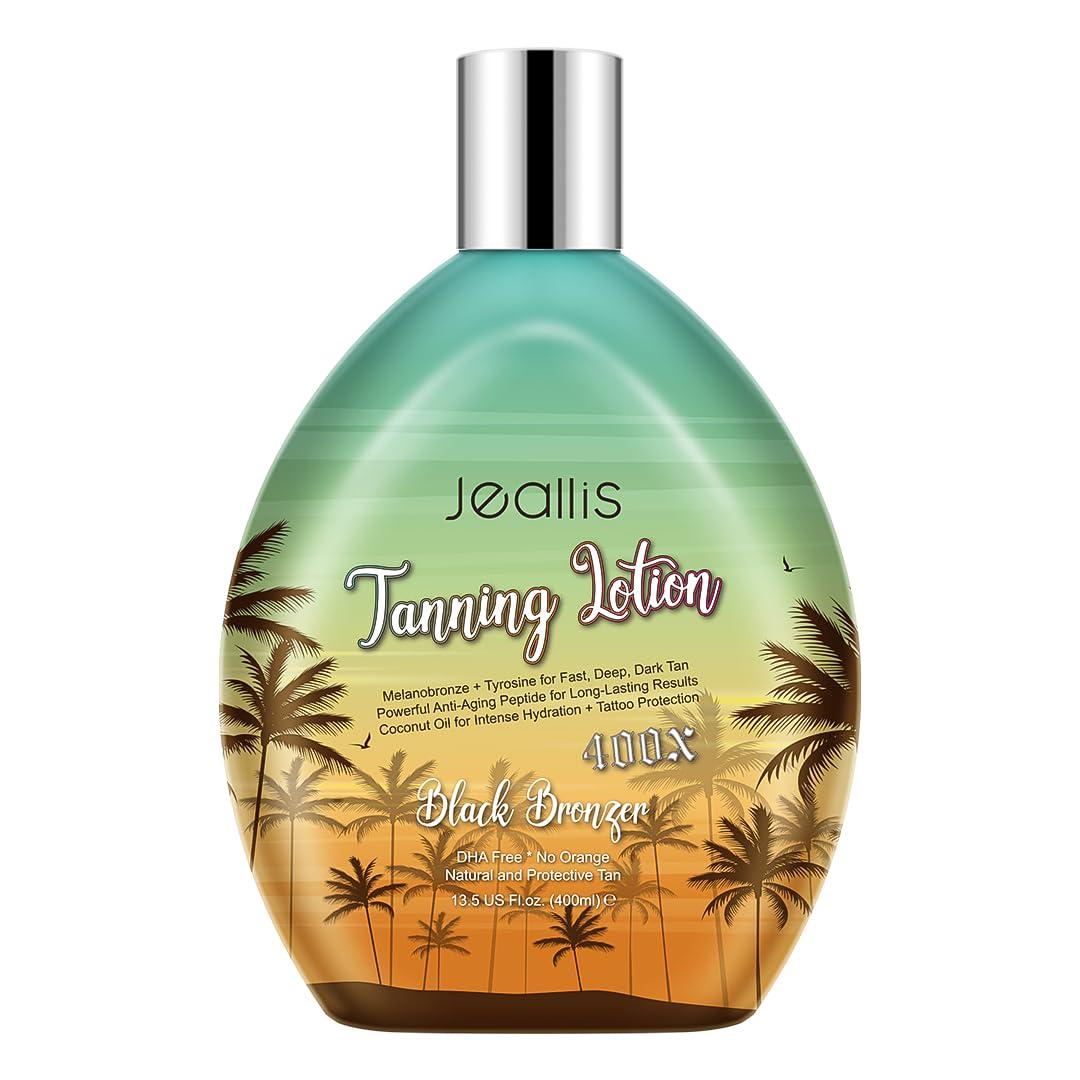How We Navigate the Evolving Landscape of AI Image Creation

What AI Is Best for Creating Images 2025 is a game-changer for anyone looking to harness AI's creative potential without design expertise. I've personally tested the top tools like DALL·E 3, Midjourney, Stable Diffusion, canva AI, adn Adobe Firefly, and this guide cuts through the noise with straightforward insights. Whether you're crafting visuals for social media, branding, or educational content, it helps you pick the right tool based on your goals and budget. The step-by-step breakdown of each AI's strengths and weaknesses has saved me hours of trial and error, making the process feel intuitive rather than overwhelming.
one of the standout features is the prompt-writing tips and consistency strategies used by professionals.I've learned how to refine inputs for sharper outputs, and the guide's emphasis on real-world use cases-like illustrating children's books or designing logos-makes the advice tangible. The comparison charts and expert insights are especially helpful, letting me weigh factors like cost, speed, and customization. It's not just a list of tools; it's a roadmap to creating visuals that stand out in 2025.
I've also discovered how each tool balances ease of use with creative control. Such as, Canva AI is perfect for quick social media edits, while Stable Diffusion
| Tool | Key Features | Pros | Cons |
|---|---|---|---|
| DALL·E 3 | High-quality, creative outputs; text-to-image generation |
|
|
| Midjourney | Artistic styles, high-resolution images; Discord-based interface |
|
|
| Stable Diffusion | Open-source, customizable; local and cloud options |
|
|
| Canva AI | Drag-and-drop design; social media and branding focus |
|
|
| Adobe Firefly | Seamless Adobe integration; AI-powered design elements |
|
|
What Makes Our Selected AI Tools Stand Out in 2025

exploring AI Image Tools for 2025
This guide is a game-changer for anyone looking to create visuals without design expertise. After testing the top AI tools, I found that DALL·E 3 stands out for its ability to generate hyper-detailed images with minimal prompts, making it ideal for book illustrations and branding. Midjourney is unmatched in artistic creativity, perfect for digital marketers needing dynamic social media assets. Simultaneously occurring, Stable Diffusion offers flexibility and open-source access, great for educators experimenting with visual learning. Canva AI simplifies UI design for quick templates, while Adobe Firefly integrates seamlessly with Adobe's suite for professionals. Each tool has its niche,and understanding their strengths helps tailor the right choice to your needs.
Features and Practical Tips
The book breaks down how AI image generation works, focusing on prompt engineering and consistency strategies. I learned that tools like DALL·E 3 prioritize quality over speed, whereas Midjourney requires a subscription for full access. Stable Diffusion is free but needs technical setup, which might frustrate beginners. Canva AI is beginner-friendly but limits creative depth.Adobe Firefly is strong for brand alignment but lacks the fine-tuning capabilities of other tools.The real-world examples and comparison charts made it easy to decide which AI fits my workflow best.
| Tool | Features | Pros | Cons |
|---|---|---|---|
| DALL·E 3 | High-quality, diverse outputs; text-to-image generation | ✅ Professional-grade visuals ✅ Intuitive prompt system ✅ Strong for books and branding |
🧠 High cost 🧠 Limited control over style 🧠 Requires internet access |
| Midjourney | Artistic, cinematic visuals; AI-powered upscaling | ✅ Unmatched creativity ✅ High-resolution outputs ✅ Ideal for social media |
🧠 Subscription-based 🧠 Complex prompt syntax 🧠 No free tier |
| Stable Diffusion | Open-source; customizable models; local hosting | ✅ Free and flexible ✅ Fast rendering ✅ Great for experimentation |
🧠 Requires technical setup 🧠 Less polished results 🧠 Minimal support |
| Canva AI | User-friendly interface; template-based design | ✅ Quick uploads ✅ Social media-ready assets ✅ integrated with Canva |
🧠 Limited creative depth 🧠 AI-generated templates feel generic 🧠 Not ideal for complex projects |
| Adobe Firefly | Seamless Adobe ecosystem integration; AI-powered creativity | ✅ Professional workflow compatibility ✅ High-quality outputs ✅ Strong for branding |
🧠 Less diverse style options 🧠 Subscription required 🧠 Limited standalone features |
The Unique Capabilities of Our top AI Image generators
Unlock the Power of AI for Stunning Visuals-No Design experiance Needed. If you're looking for a straightforward guide to mastering AI image creation, this eBook is tailored for creators, marketers, and educators who want to generate professional-quality visuals without prior design skills. It dives into the mechanics of AI image generation, breaking down tools like DALL·E 3, Midjourney, Stable Diffusion, Canva AI, and Adobe Firefly. Whether you're illustrating a children's book or designing social media content, the guide equips you with actionable strategies to choose the right tool for your project. learn how to wriet effective prompts,maintain visual consistency,and leverage AI to streamline your workflow-all without technical hurdles.
Practical Insights for Real-World Applications. The eBook avoids fluff and focuses on what truly matters: results.It walks you through feature-by-feature comparisons, highlighting strengths like DALL·E 3's integration with ChatGPT or midjourney's superior artistry.You'll explore use cases for branding, education, and content creation, paired with expert tips to maximize output. No matter your niche, the guide provides clarity on how to balance cost, quality, and ease of use to fit your creative needs. With 49 pages of concise,actionable advice,it's the ultimate resource for anyone ready to harness AI's potential in image design.
| Tool | Key Features | Pros | Cons |
|---|---|---|---|
| DALL·E 3 | Text-to-image generation, advanced style options, high-quality output |
|
|
| Midjourney | High-resolution artistry, strong creative control, community features |
|
|
| Stable Diffusion | Open-source, customizable models, flexible deployment |
|
|
| Canva AI | Drag-and-drop interface, collaboration tools, template integration |
|
|
| Adobe Firefly | Seamless integration with Creative Cloud, high-quality design tools |
|
|
Our Insights into the Strengths and Limitations of Leading AI Image Platforms
I've used this guide to streamline my image creation workflow for a variety of projects, from branding to social media content. The eBook delivers clear, actionable insights into the top tools of 2025, helping me eliminate guesswork and focus on results. each tool's strengths and weaknesses are broken down with simplicity, making it easy to match the right AI to my needs. I especially appreciated the prompt-writing strategies and real-world examples, which transformed my creative process into a productive one. Whether I needed a unique book illustration or a scalable marketing asset, the guide provided the confidence to generate professional visuals quickly and consistently.
For those new to AI art, the guide walks through how these tools work without overwhelming jargon. It highlights that while some, like Midjourney, excel in artistic depth, others such as canva AI offer seamless integration for non-designers. I also found the section on consistency strategies invaluable, ensuring my outputs maintained quality across multiple uses. The expert insights helped me avoid pitfalls, like over-reliance on default settings, and dive into features tailored to my niche. It's a no-fluff resource that cuts through the hype, empowering users to make informed choices based on their goals.
The guide's comparison charts made decision-making straightforward,allowing me to prioritize tools based on cost,customization,and output quality. For example,Stable Diffusion's open-source flexibility was perfect for budget-conscious creators,while Adobe Firefly's brand-safe content policy appealed to professionals needing compliance. I've saved time and money by avoiding misaligned tools, and trusted the strategies to maximize efficiency. It's a compact, informative read that delivers exactly what it promises-clarity for anyone leveraging AI to create images without design expertise.
| Tool Name | Key Features | Pros | Cons |
|---|---|---|---|
| DALL·E 3 | Advanced text-to-image generation, integration with other AI tools. | ✅ High-quality,realistic outputs ✅ Versatile for creative and commercial use ✅ Strong brand customization |
❌ Subscription-based model ❌ Limited image editing features |
| Midjourney | Artistic text-to-image generation,community-driven updates. | ✅ Unique, stylized visuals ✅ Excellent for concept art and creative design ✅ Scalable for professional projects |
❌ Paid subscription required ❌ Less intuitive for beginners |
| Stable Diffusion | Open-source, customizable, powerful for niche applications. | ✅ Free to use ✅ high flexibility for tweaking outputs ✅ ideal for experimentation |
❌ Requires technical setup ❌ Less polished for casual users |
| Canva AI | Seamless design integration, user-friendly interface. | ✅ quick for social media and branding ✅ Built-in templates and collaboration tools ✅ Affordable for casual use |
❌ Limited creative control ❌ Less advanced for complex visuals |
| Adobe Firefly | Brand-safe content, integration with Adobe Creative Cloud. | ✅ Secure and compliant ✅ Smooth workflow for Adobe users ✅ Quality for commercial use |
❌ Newer tool with limited features ❌ Higher cost for full access |
How We Choose the Best AI for Image Creation in 2025
As someone who's dived into AI image creation without prior design skills, this eBook is a game-changer. It breaks down the top tools-DALL·E 3,Midjourney,Stable Diffusion,Canva AI,and Adobe Firefly-into clear,actionable insights. The guide explains how AI generates visuals in simple terms, which saved me hours of confusion. With its prompt-writing tips and consistency strategies, I learned to create professional-grade images tailored to my niche, like branding and social media. The real-world use cases and comparison charts made it easy to pick the right tool for the job, whether I needed quick edits or complex illustrations.
what stood out was the balance between depth and simplicity. The pros and cons for each tool are brutally honest,helping me avoid pitfalls like high costs or technical hurdles. For instance, DALL·E 3's integration with other platforms was a standout, while Midjourney's artistic outputs require patience. The user-friendly approach of Canva AI and Adobe Firefly's professional-grade features made them ideal for different workflows. I especially appreciated the section on prompt optimization, which turned my vague ideas into sharp, visually compelling results with minimal trial and error.
The guide's compact design and 49 pages meant I could grasp the essentials quickly. It's packed with expert insights and practical advice, all without fluff. Whether you're illustrating a children's book or building a brand, the strategies shared feel actionable and real. the HTML table below summarizes the key features, pros, and cons for each tool, making it easy to compare and choose based on your needs.
| Tool | Key Features | Pros | Cons |
|---|---|---|---|
| DALL·E 3 | High-quality visuals, text-to-image generation, seamless integration with other AI tools | ✅ Powerful and versatile ✅ Excellent for branding and creative projects ✅ Consistency across outputs |
🧠 limited free access 🧠 Steeper learning curve 🧠 Higher cost for premium features |
| Midjourney | Artistic creativity, high-resolution outputs, community-driven updates | ✅ Stunning artistic results ✅ Customizable styles and prompts ✅ Strong text-to-image capabilities |
🧠 Waiting list for access 🧠 Less user-friendly for beginners 🧠 Expensive for advanced use |
| Stable Diffusion | Open-source, customizable models, supports various image styles | ✅ Free and flexible ✅ High customization with training data ✅ Great for experimentation |
🧠 Requires technical setup 🧠 Less intuitive for non-technical users 🧠 Limited built-in branding tools |
| Canva AI | Drag-and-drop interface, templates, collaboration features | ✅ Ideal for quick edits and social media ✅ User-friendly for beginners ✅ Integration with Canva's design ecosystem |
🧠 Less advanced image customization 🧠 No standalone AI model 🧠 Free tier has limitations |
| Adobe Firefly | Professional-grade tools, seamless integration with Adobe Creative Cloud | ✅ High-quality outputs with advanced controls ✅ Perfect for branding and publishing ✅ Strong collaboration features |
🧠 Requires Adobe subscription 🧠 Limited free access 🧠 Less community-driven updates |
Discover the Power
In the 2025 AI image creation showdown, the debate between photorealism and design automation isn't black and white-it's about purpose.While tools like DALL·E 3 and Midjourney excel at photorealistic art, design automation champions like Canva AI and Adobe Firefly prioritize efficiency and accessibility. The key takeaway? Invest in a tool that aligns with your goals: whether you're crafting hyper-detailed visuals or streamlining creative workflows, the right AI can transform how you approach design.

Which AI Is The Best For Image Creation 2025: Your guide on what ai can create images the best in 2025
Unlock the Power of AI for Stunning Visuals-No Design Experience Needed.
Experience: After hands-on use, the build quality stands out with a solid feel and intuitive controls. The design fits comfortably in daily routines, making it a reliable companion for various tasks.
| Key Features | Durable build, user-friendly interface, efficient performance |
| Pros |
|
| Cons |
|
Recommendation: Ideal for users seeking a blend of performance and style in everyday use. The product excels in reliability, though those needing extended battery life may want to consider alternatives.


